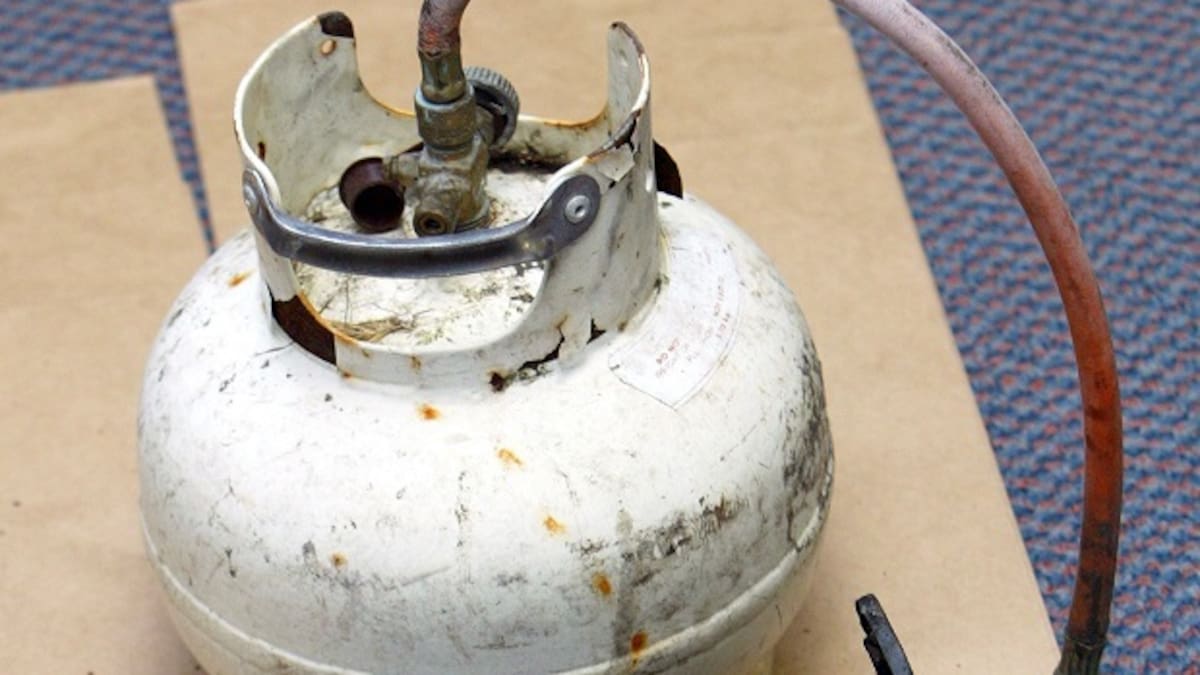In a novel way of letting us know the season is changing, some species of plants naturally set flowers and bloom, writes gardening columnist JACKIE WARBURTON.
Chrysanthemums begin flowering once the overnight temperatures cool. Fortunately, that’s around Mother’s Day, which explains why they have always been the day’s symbol and perfect plant for a gift.

Chrysanthemums that come as a potted plant will be compact and small. When they’re planted into the ground, they can grow much larger and may need to be staked to keep the flowers off the ground.
There are dwarf varieties available for potted colour and long-lasting flowering. Chrysanthemums can be grown in pots and are drought tolerant once they are established.
Their flowering size, shape and colour vary every year with newly released hybrids that get better and better than the year before.
There are many uses for chrysanthemums beyond the garden – C. morifolium is chrysanthemum tea and chrysanthemums are a close relative to pyrethrum daisy, source of an incredible, safe, garden insecticide. Pyrethrum is also very good at reducing populations of mosquitoes, flies and fleas, and useful against chewing and sucking insects without being toxic to birds and animals.
It is a contact spray so there will be several applications required to break the pests’ breeding cycle.
Pyrethrum has upright growth with grey foliage and is a good filler plant. To make pyrethrum spray, pick flowers in full bloom and dry them. Once dry, grind to a powder and add a drop of soap and one heaped tablespoon of powder to a litre of warm water. Stir and spray.

CARNIVOROUS plants are growing in popularity and so is the Canberra chapter of the Carnivorous Society.
Carnivorous plants are easy to grow and some can grow well outdoors, in our climate. Sarracenias (trumpet pitcher plant) and Droseras (sundews) can be grown outdoors and, over time, will need little or no protection from frost.
There are four local carnivorous species and three of them are tuberous. Although they are only fingernail size, they are easy to find in and around woodlands and grasslands where it is a little moist, but not boggy. Most species are now waking up from summer dormancy and their new leaves are sticky to attract and catch insects.
For the indoor grower there are species to try and the easiest is Nepenthes or Pinguicula. Nepenthes are a climbing picture plant with tendrils that grow pitches at the end of their leaf.
These unusual growths are what they are grown for, and their insignificant flowers should be pruned off to encourage leaf and pitcher growth as the plant matures.
They don’t like bright light and enjoy the same growing conditions as indoor orchids and ferns.
Their potting media is best with 50/50 orchid potting mix and sphagnum moss with slow-release fertiliser suitable for orchids as well.
If you grow orchids well in doors then give a pitcher plant a try. More information at auscps.com
Jottings
- Keep planting lettuce, beetroots, spinach and mulch well.
- Use seaweed solution to strength plants before the cold weather.
- Keep planting sweet peas for spring floral display.
- Remove all fallen fruit and dispose of it if there’s insect damage.
Who can be trusted?
In a world of spin and confusion, there’s never been a more important time to support independent journalism in Canberra.
If you trust our work online and want to enforce the power of independent voices, I invite you to make a small contribution.
Every dollar of support is invested back into our journalism to help keep citynews.com.au strong and free.
Thank you,
Ian Meikle, editor






